请问初中的英语语法都有哪些啊
基本句型一: S V (主+谓)
基本句型二: S V P (主+谓+表)
基本句型三: S V O (主+谓+宾)
基本句型四: S V o O (主+谓+间宾+直宾)
基本句型五; S V O C (主+谓+宾+宾补)
八大时态
一、 一般现在时:
1.概念:经常、反复发生的动作或行为及现在的某种状况。
2.时间状语: always, usually, often, sometimes, every week (day, year, month…), once a week, on Sundays,
3.基本结构:动词 原形 (如主语为第三人称单数,动词上要加(e)S)
4.否定形式:am/is/are+not;此时态的谓语动词若为行为动词,则在其前加don't,如主语为第三人称单数,则用doesn't,同时还原行为动词。
5.一般疑问句:把be动词放于句首;用助动词do提问,如主语为第三人称单数,则用does,同时,还原行为动词。
6.例句:. It seldom snows here.
He is always ready to help others.
Action speaks louder than words.
二、 一般过去时:
1.概念:过去某个时间里发生的动作或状态;过去习惯性、经常性的动作、行为。
2.时间状语:ago, yesterday, the day before yesterday, last week(year, night, month…), in 1989, just now, at the age of 5, one day, long long ago, once upon a time, etc.
3.基本结构:be动词;行为动词
4.否定形式:was/were+not;在行为动词前加didn't,同时还原行为动词。
5.一般疑问句:was或were放于句首;用助动词do的过去式did 提问,同时还原行为动词。
6.例句:She often came to help us in those days.
I didn't know you were so busy.
三、 现在进行时:
1.概念:表示现阶段或说话时正在进行的动作及行为。
2.时间状语:now, at this time, these days, etc.
3.基本结构:am/is/are+doing
4.否定形式:am/is/are+not+doing.
5.一般疑问句:把be动词放于句首。
6.例句: How are you feeling today?
He is doing well in his lessons.
四、 过去进行时:
1.概念:表示过去某段时间或某一时刻正在发生或进行的行为或动作。
2.时间状语:at this time yesterday, at that time或以when引导的谓语动词是一般过去时的时间状语等。
3.基本结构:was/were+doing
4.否定形式:was/were + not + doing.
5.一般疑问句:把was或were放于句首。
6.例句:At that time she was working in a PLA unit.
When he came in, I was reading a newspaper.
五、 现在完成时:
1.概念:过去发生或已经完成的动作对现在造成的影响或结果,或从过去已经开始,持续到现在的动作或状态。
2.时间状语:recently, lately, since…for…,in the past few years, etc.
3.基本结构:have/has + done
4.否定形式:have/has + not +d one.
5.一般疑问句:have或has。
6.例句:I've written an article.
It has been raining these days.
六、 过去完成时:
1.概念:以过去某个时间为标准,在此以前发生的动作或行为,或在过去某动作之前完成的行为,即“过去的过去”。
2.时间状语:before, by the end of last year(term, month…),etc.
3.基本结构:had + done.
4.否定形式:had + not + done.
5.一般疑问句:had放于句首。
6.例句:As soon as we got to the station, the train had left.
By the end of last month. We had reviewed four books
七、 一般将来时:
1.概念:表示将要发生的动作或存在的状态及打算、计划或准备做某事。
2.时间状语:tomorrow, next day(week, month, year…),soon, in a few minutes, by…,the day after tomorrow, etc.
3.基本结构:am/is/are/going to + do;will/shall + do.
4.否定形式:was/were + not; 在行为动词前加didn't,同时还原行为动词。
5.一般疑问句:be放于句首;will/shall提到句首。
6.例句:They are going to have a competition with us in studies.
It is going to rain.
八、 过去将来时:
1.概念:立足于过去某一时刻,从过去看将来,常用于宾语从句中。
2.时间状语:the next day(morning, year…),the following month(week…),etc.
3.基本结构:was/were/going to + do;would/should + do.
4.否定形式:was/were/not + going to + do;would/should + not + do.
5.一般疑问句:was或were放于句首;would/should 提到句首。
6.例句:He said he would go to Beijing the next day
1. 人称代词
主格: I we you she he it they
宾格: me us you her him it them
形容词性物主代词:my our your her his its their
名词性物主代词: mine ours yours hers his its theirs
2.形容词和副词的比较级
(1) 一般在形容词或副词后+er
older taller longer stronger, etc
(2) 多音节词前+more
more interesting, etc.
(3) 双写最后一个字母,再+er
bigger fatter, etc.
(4) 把y变i,再+er
heavier, earlier
(5) 不规则变化:
well-better, much/many-more, etc.
3.可数词的复数形式
Most nouns + s a book –books
Nouns ending in a consonant +y - y+ ies a story—stories
Nouns ending in s, sh, ch or x + es a glass—glasses a watch-watches
Nouns ending in o +s or +es a piano—pianos a mango—mangoes
Nouns ending in f or fe - f or fe +ves a knife –knives a shelf-shelves
4.不可数名词(单复数形式不变)
bread, rice, water ,juice etc.
5. 缩略形式
I’m = I am you’re = you are she’s = she is he’s = he is
it’s = it is who’s =who is can’t =can not isn’t=is not etc
6. a/an
a book, a peach
an egg an hour
7. Preposition:
on, in ,in front of, between, next to, near, beside, at, behind.
表示时间: at six o’clock, at Christmas, at breakfast
on Monday on 15th July On National Day
in the evening in December in winter
8. 基数词和序数词
one – first two-second twenty-twentieth
9. Some /any
I have some toys in my bedroom.
Do you have any brothers or sisters?
10. be 动词
(1) Basic form: am/are/is
(2) 肯定和否定句 I am(not) from London.
My eyes are(not) small.
My hair is(not) long.
(3)一般疑问句: Am I a Chniese? Yes, you are. No, you aren’t.
Are they American? Yes, they are. No, they aren’t.
Is the cat fat? Yes, it is. No, it isn’t.
11. there be 结构
肯定句: There is a …
There are …
一般疑问句:Is there …? Yes, there is./ No, there isn’t.
Are there…? Yes, there are. /No, there aren’t.
否定句: There isn’t …. There aren’t….
12. 祈使句
Sit down please
Don’t sit down, please.
13. 现在进行时.通常用“now”.
形式: be + verb +ing
eg: I am(not) doing my homework.
You/We/They are(not) reading.
He/She/It is(not) eating.
动词 —ing 的形式
Most verbs +ing walk—walking
Verbs ending in e -e + ing come—coming
Short verbs ending in a vowel + a consonant run –running swim—swimming
14 一般现在时。通常用 “usually, often, every day, sometimes”。
形式:
肯定句:
I go to school on foot every day.
She goes to school on foot every day
版权声明:本文由哟品培原创或收集发布,如需转载请注明出处。

